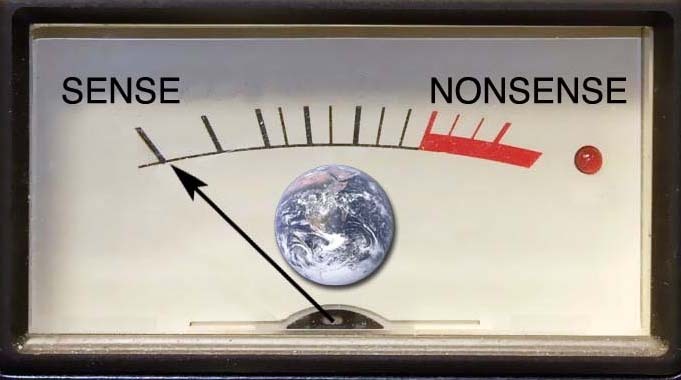Your cart is currently empty!
Teaching Fish, Reading Foxtrot, and Making Sense
“if you judge a fish by its ability to climb trees, it will live its whole life believing it is stupid.” We visited that quote earlier this Fall. We used it to discuss the extremely difficult problem of maximizing effective learning for all students of all learning styles and different needs.
There are so many subtle and overlapping issues here, that we’ll probably re-visit this more often. Today, I’d like to explore the idea of maximizing effective learning for a variety of learners from perhaps another perspective. It centers on a problem that is perhaps most prevalent in my own area of mathematics education.

And yet. Over my years working with (among others) future elementary teachers with math mental blocks, I repeatedly – and often – observed that many of these students learned they could ‘do’ and understand basic math and were not only delighted by that, but suddenly anxious to enlighten future children. It seemed it was a matter of “making some sense” of what they thought were meaningless rules and rote procedures applied totally randomly.
 This idea of making sense or making a meaningful connection to the material plays a sizeable role in authentic learning in any subject, but especially mathematics. I suspect this should be obvious, but then, we are all too aware that math hasn’t always been taught with that in mind. (That is changing! Promise.)
This idea of making sense or making a meaningful connection to the material plays a sizeable role in authentic learning in any subject, but especially mathematics. I suspect this should be obvious, but then, we are all too aware that math hasn’t always been taught with that in mind. (That is changing! Promise.)
The delightful comic strip Foxtrot by Bill Amends illustrates this idea perfectly and humorously, in a bygone Sunday strip. As the scene opens, the daughter Paige is sitting at a desk, clearly frustrated, and her older brother Peter is in the room. Paige says, “AAAA! I can’t do these math problems! Why am I so stupid?” She proceeds to read the problem: “If 2X + Y = 60 and X + 2Y = 75, solve for X and Y.” “How the heck do I figure that out?” (I’m thinking several readers may be sympathizing?!)
Peter wryly responds, “If two shirts and a sweater cost $60 and a shirt and two sweaters cost $75, what does each item cost?” Paige immediately responds “The shirts are $15 and the sweaters are $30. DUH!” Peter turns to leave the room, with this parting comment, “You aren’t stupid, Paige. Just weird.” Paige yells after him, “Come back! You still haven’t told me how to solve the problem!”
Beyond the humor here, there are obvious insights. It’s clear Paige understands (makes sense of – even if subconsciously ) the concept of variables mixing with changing conditions in an area she connects with. But she is so lost in the all-too-familiar fear of abstract X’s, Y’s and meaningless-to-her phrases like ‘systems of equations’, that she is frozen into inaction, unable to connect the broader concept to the tools that can help with tougher problems. It doesn’t necessarily mean Paige is ‘not a math person’. But it might mean that we (math teachers) didn’t succeed in making sense or providing connections for her.
This goal of making sense connections to math topics is just a microcosm of our broader original questions. It doesn’t help that our system is not equipped to fully facilitate those goals. Teachers have too many students, too little time, not enough resources.
Your friendly local teachers are battling these Sisyphean tasks every day (even more so now!) Why not ‘make sense’ more tangibly of your support for/to them?

